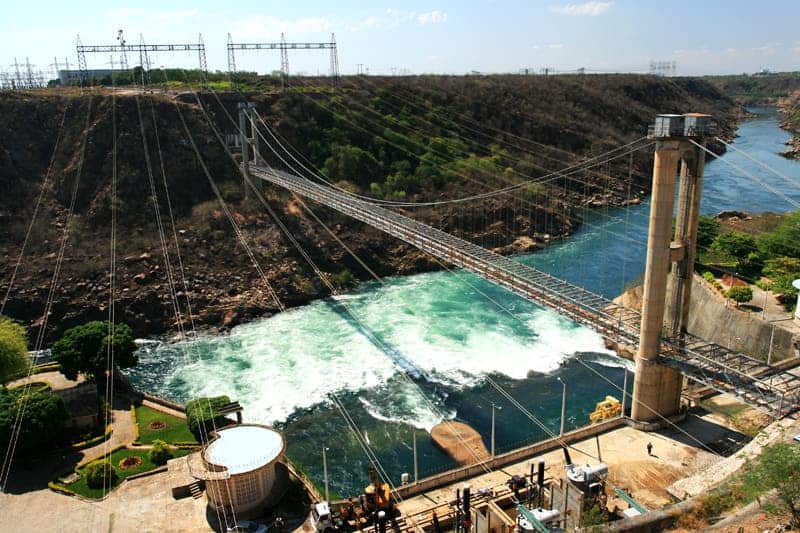Almost all of Costa Rica’s energy came from renewable sources in 2015, making it one of the few countries to achieve virtual independence from fossil fuels.

The Costa Rican Electricity Institute (ICE) announced that the country achieved “99 percent renewable electricity generation” this year, running 100% renewable in 285 days so far. The bulk of the electricity came from hydroelectric plants, taking advantage of the country’s climate and abundant rain, complemented by geothermal, wind, solar and biomass. However, this wasn’t a particularly rainy or windy year, which makes this achievement even more remarkable.
The path away from oil, gas and coal is seen as a model, especially for countries in the area, with a similar climate. Costa Rica’s electricity division chief, Luis Pacheco, boasted:
“We are closing 2015 with renewable electricity milestones that have put us in the global spotlight.”
However, it’s not all good, as most Costa Ricans will tell you. Despite prices for renewable energy going down year after year, electricity is still more expensive in Costa Rica than in most of its neighbors, and minor, temporary blackouts are not uncommon in some areas – though truth be told, infrastructure also takes part of the blame here Furthermore, Costa Rica’s model couldn’t work in all areas of the world, as some areas are flat or don’t have abundant enough precipitations to generate hydro power. Clean power is bolstered by geothermal energy harvested from the volcanic activity in the country, and needless to say, this doesn’t apply for most areas on the planet.
But the positive example is still set, and 99% is an amazing figure; only a handful of countries can realistically aim for over 90% renewable energy within the decade, but the others can definitely learn the lessons from Costa Rica. Electricity prices have dropped up to 14% and the country’s strong commitment to environmentalism can only mean things will get better. Furthermore, what the developed countries may lack in terms of natural resources and climate, they more than make up in other aspects – most notably technology, infrastructure, and funding. Sure, hydro is by far the easiest way to generate clean energy today, but wind and solar are catching up more and more year after year; on windy days, Denmark produces over 100% of its energy needs from wind alone, and overall, 40% of its country’s energy comes from wind, more than doubling from 19% in 2005. Germany, a country that’s as industrialized as it gets, generates 7% of its energy from solar, and almost double that from wind. Examples are popping up, more and more, and with the climate agreement in Paris, there’s no reason to assume they’ll slow down anytime soon.
It took a lot of effort from Costa Rica, and some sacrifices have been made. But generating 99% renewable energy across a year, that’s simply outstanding.






